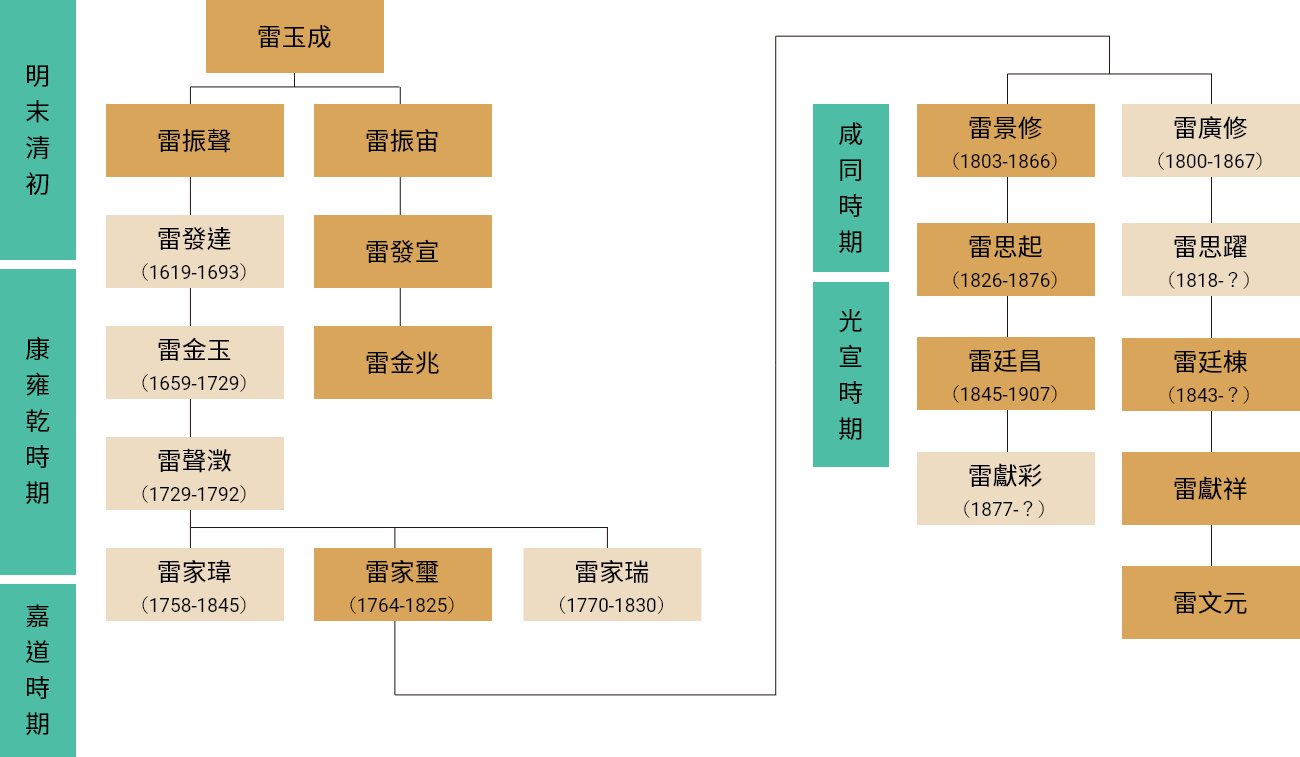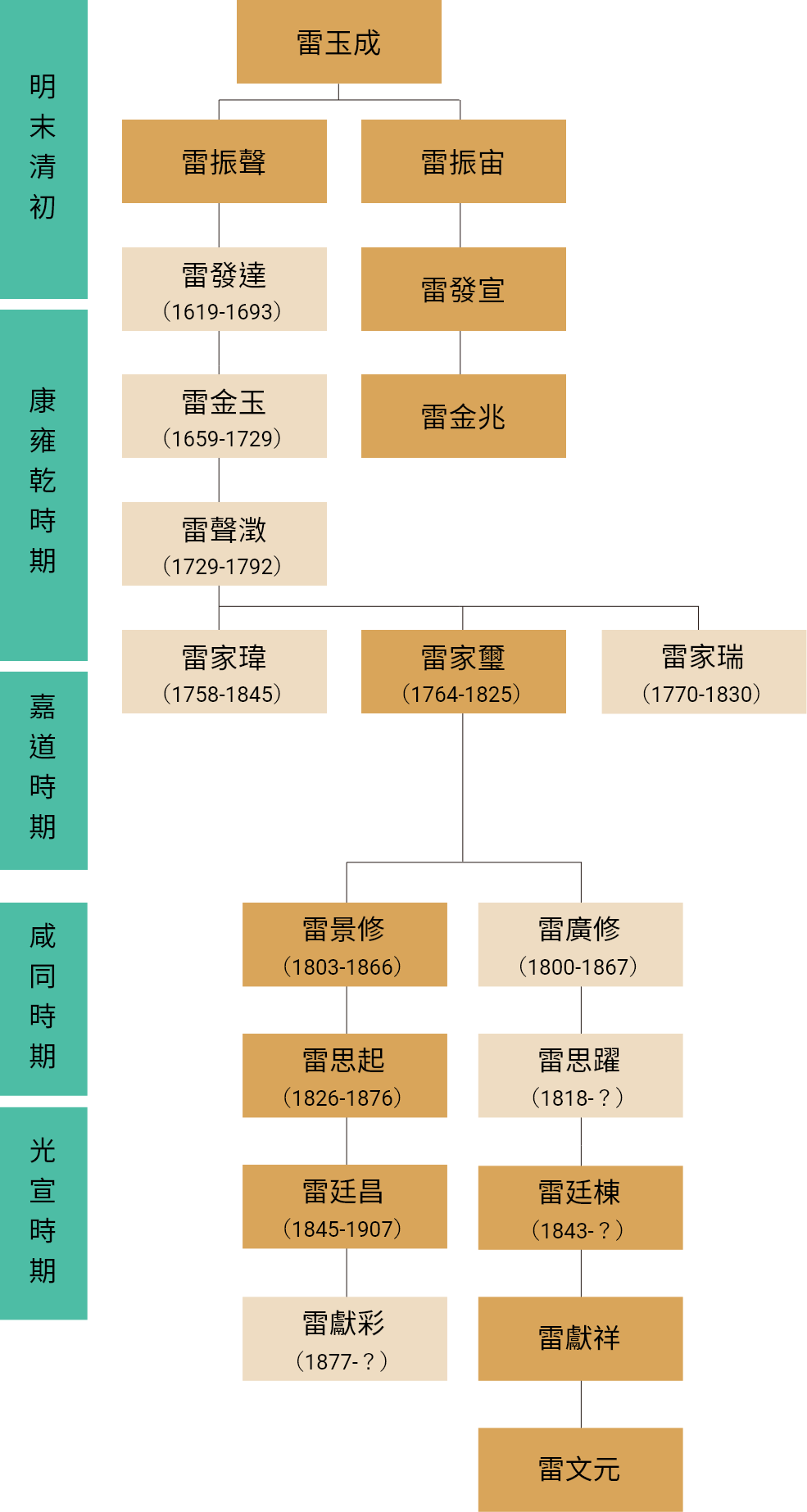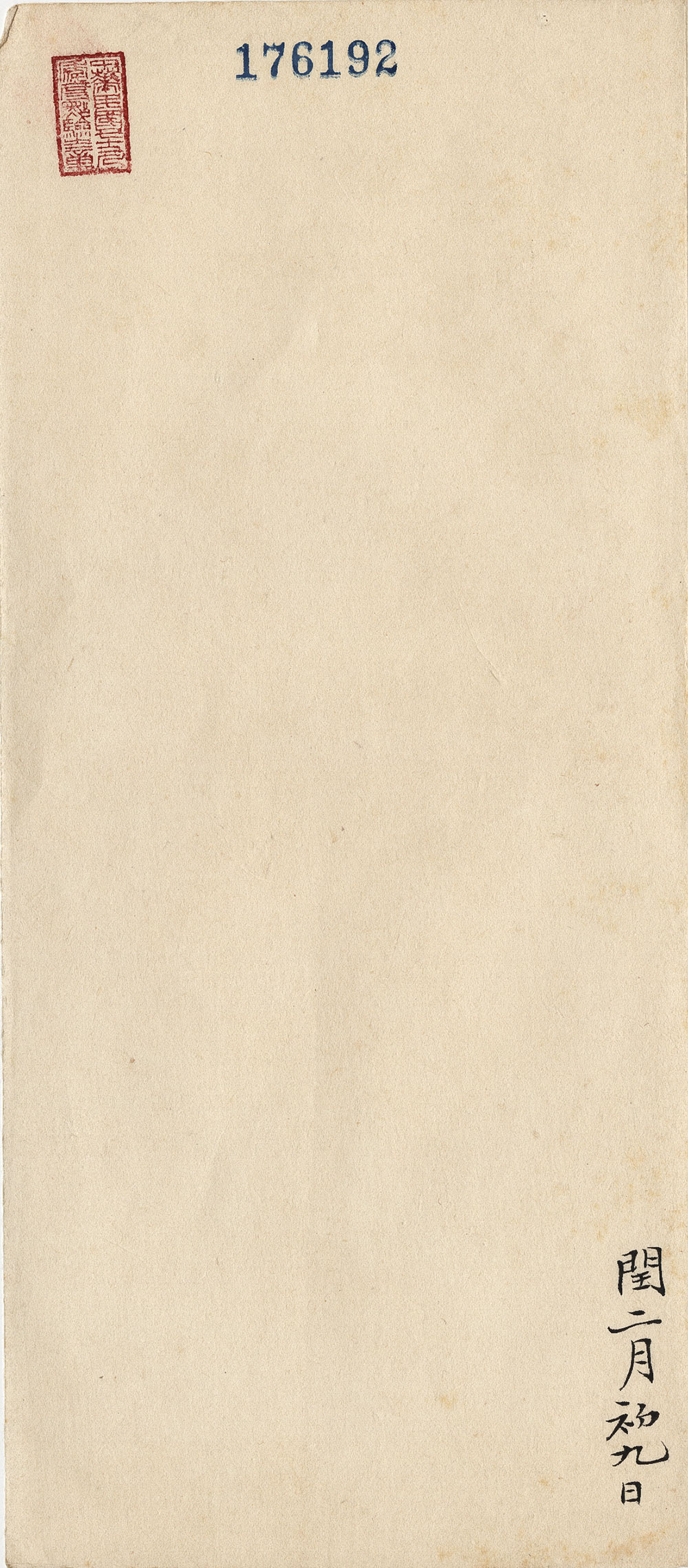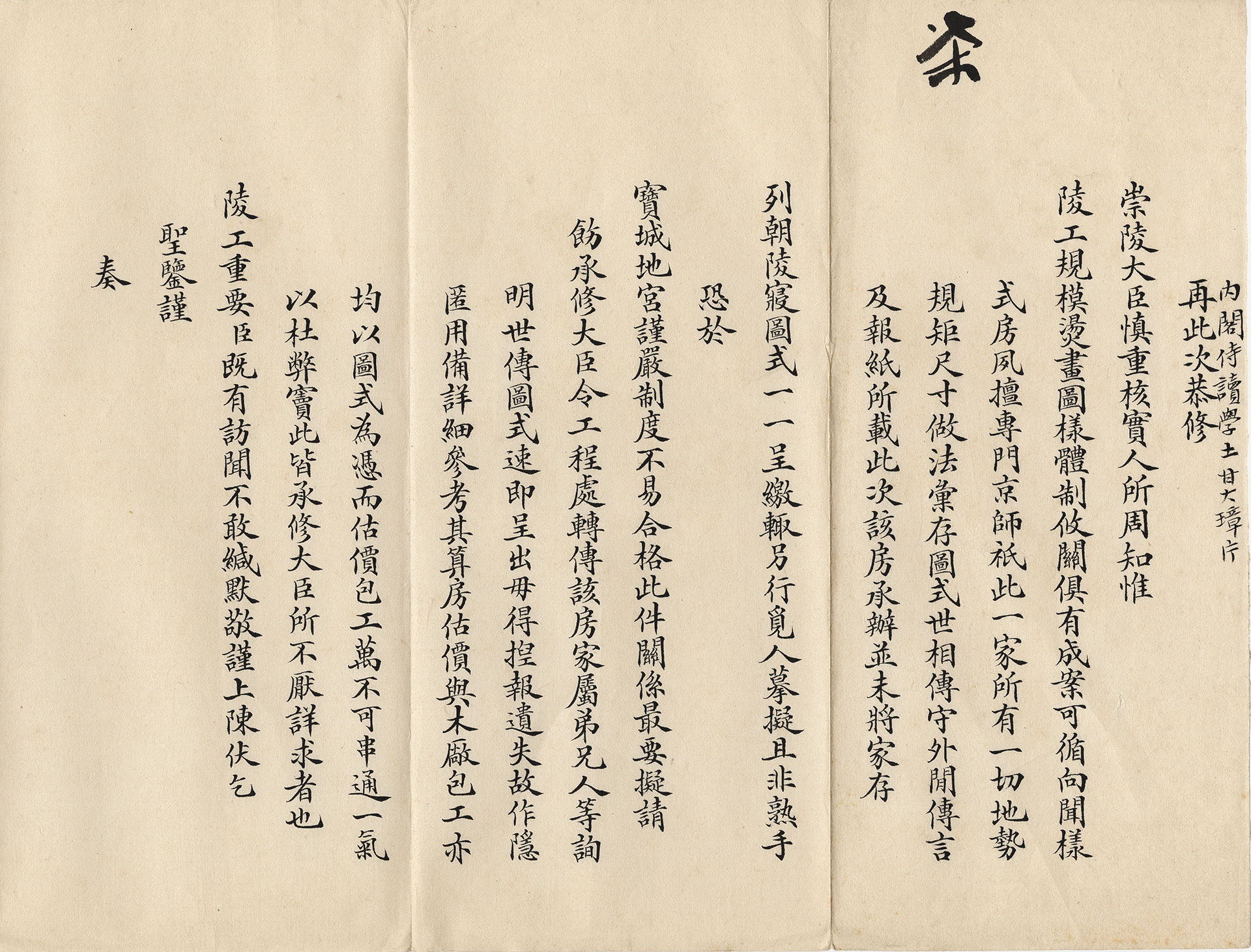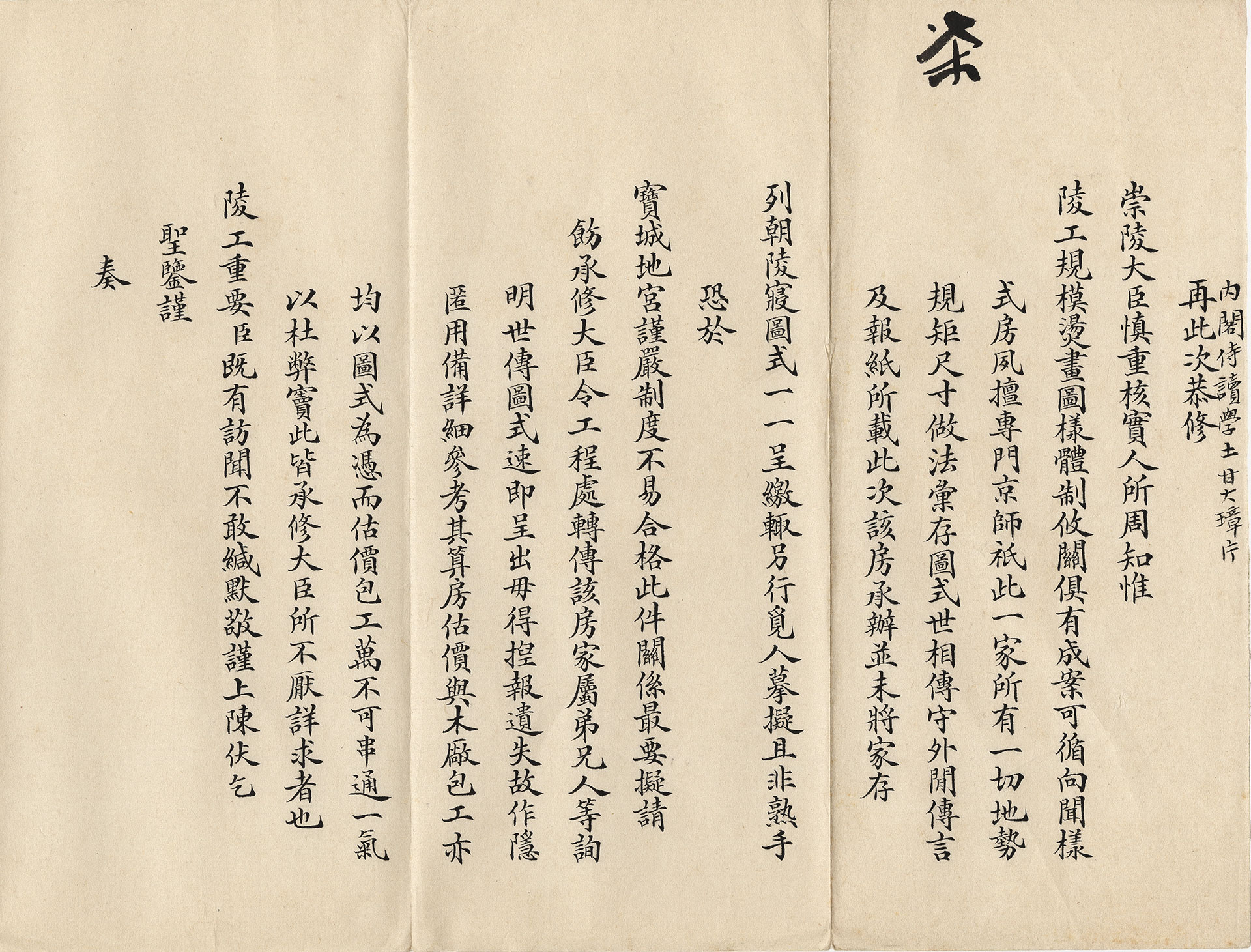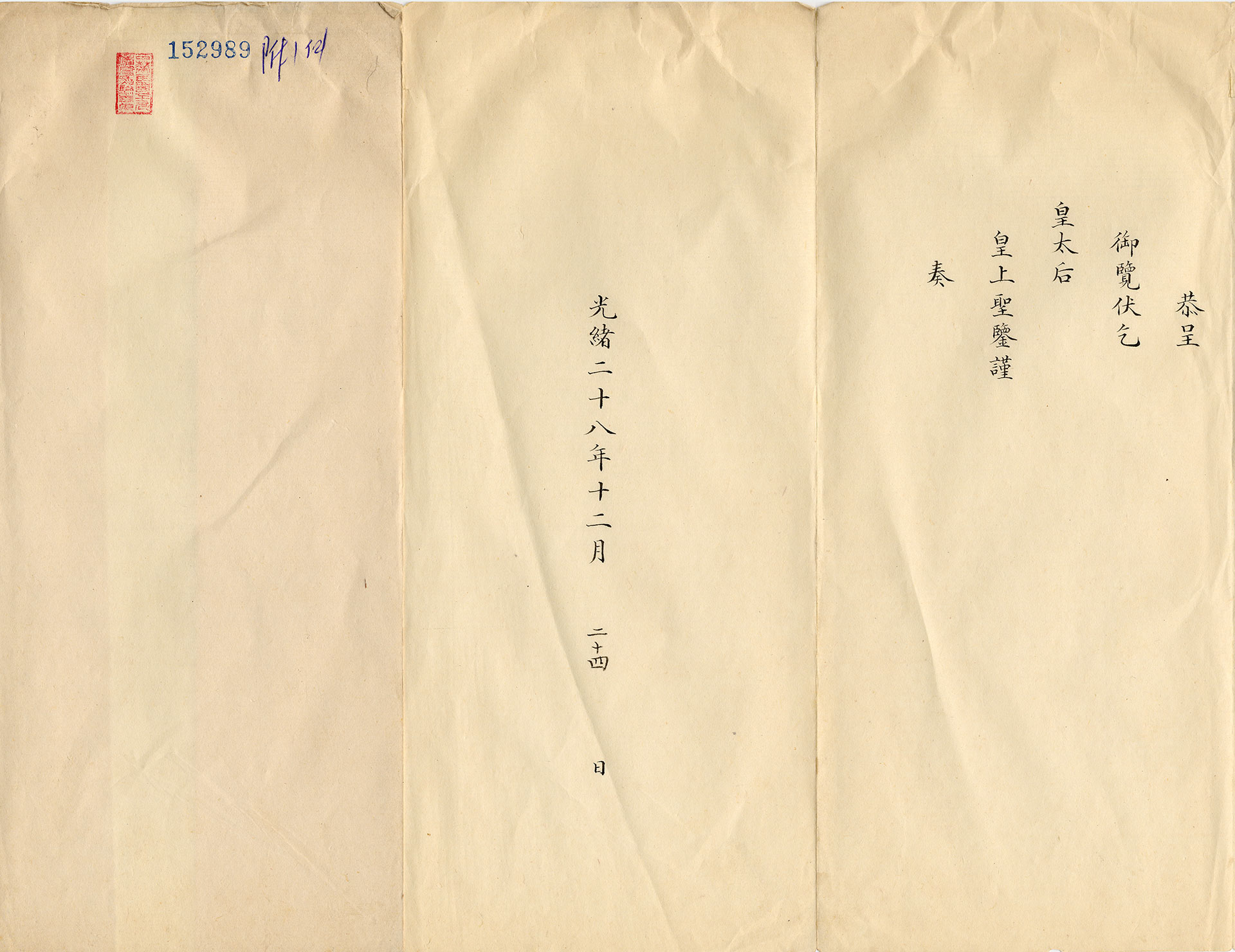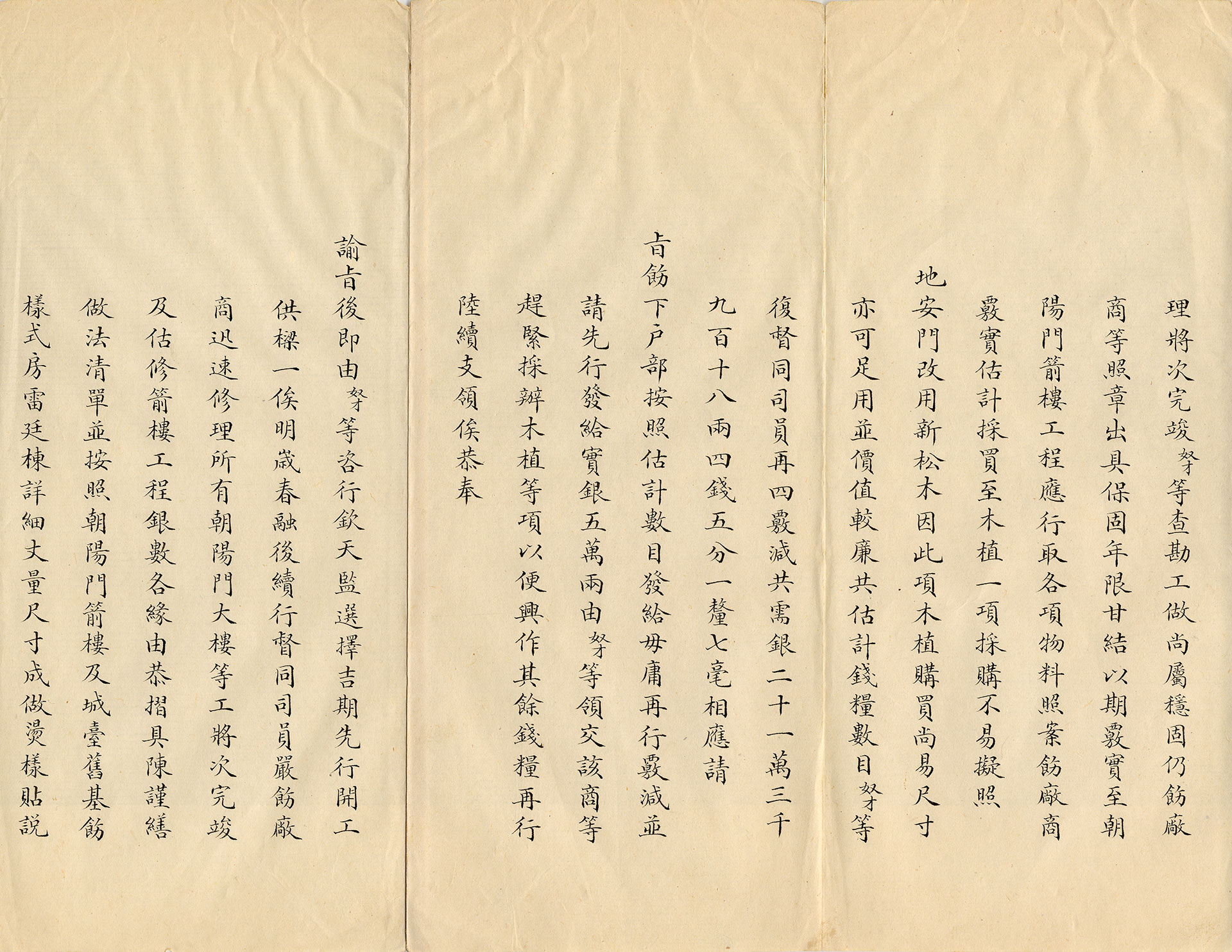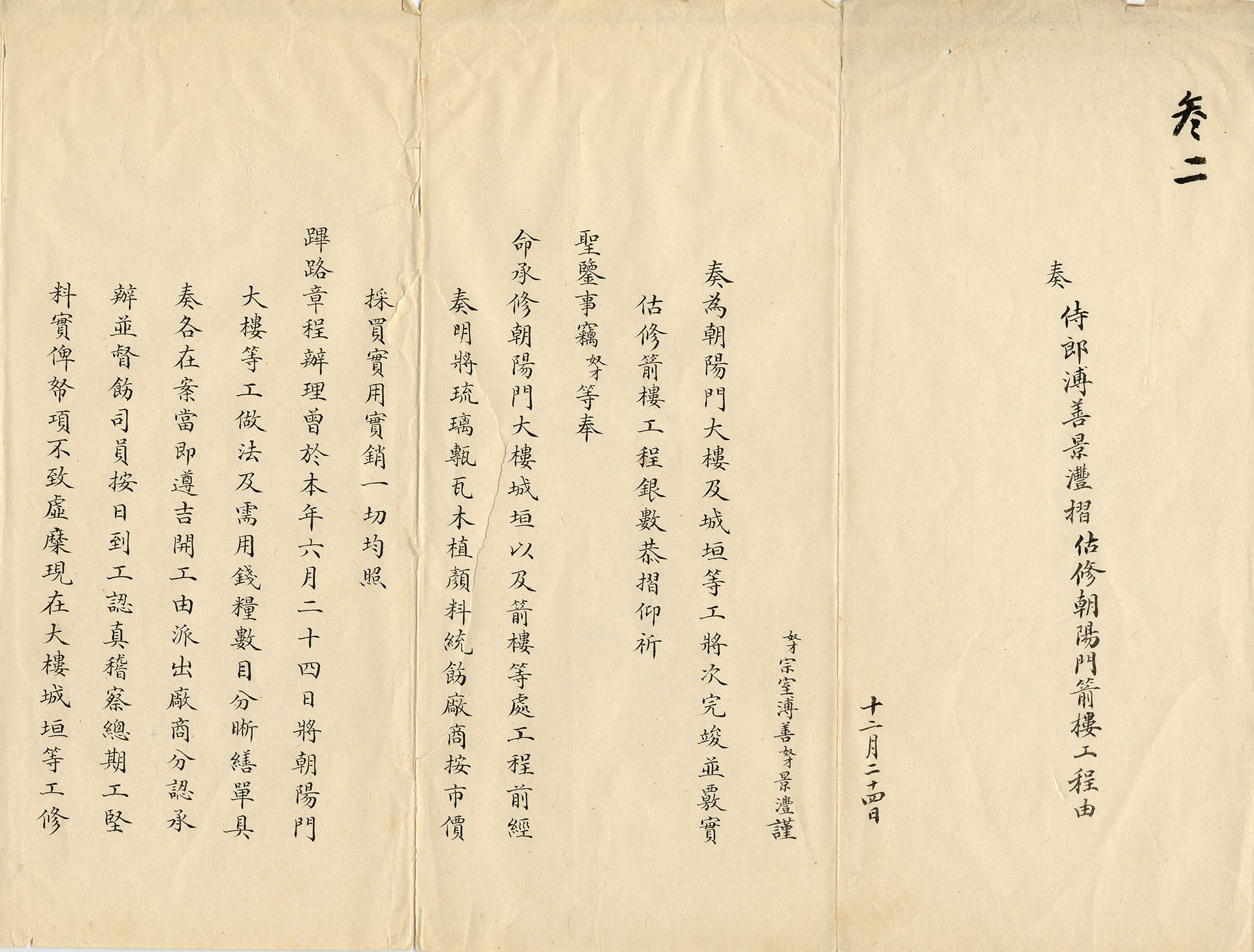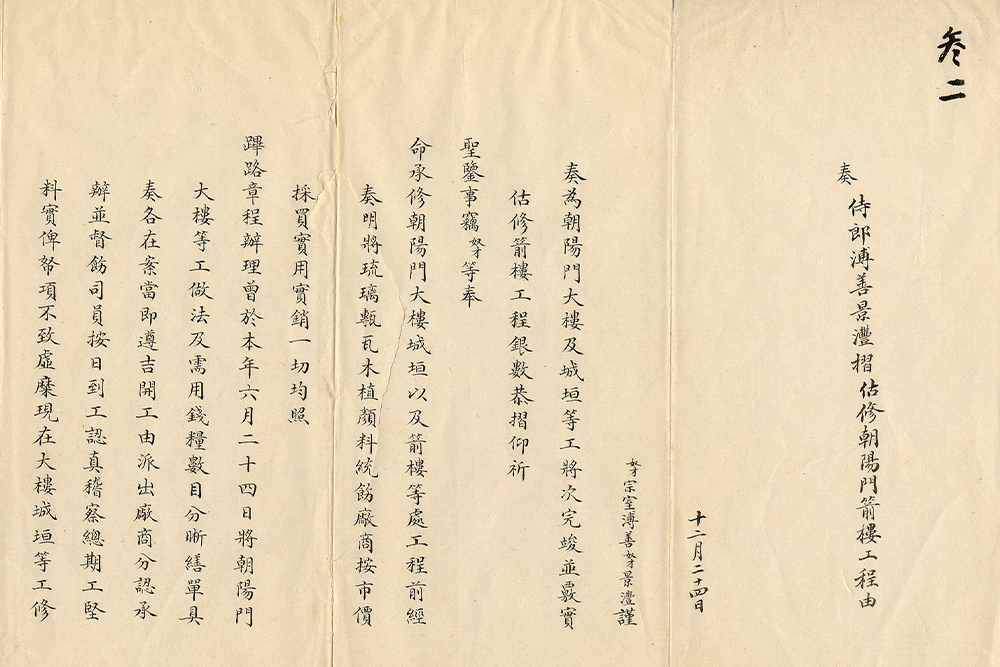Imperial Architects – The Lei Style Architecture
In the Qing Dynasty, the construction of imperial buildings was typically overseen by a specialized team of palace-appointed architects. However, historical records often left the specific participants in this team largely unknown, except for high-ranking officials and trusted associates. Many others involved in these activities remained relatively obscure, and the details of their contributions and work were often lost to history.
In the early 1930s, the academic institution devoted to the study of ancient Chinese architecture, The Society for the Research in Chinese Architecture, led by its president Zhu Qiqian (1872-1964), learned that descendants of the Lei family were facing financial difficulties and were trying to sell the family's ancestral "Lei Style Architecture" drawings. Zhu Qiqian mobilized his connections to acquire these precious documents, thus ensuring their preservation.
Following this, scholars from the society, including Liu Dunzhen (1897-1968), Liang Sicheng (1901-1972), Shan Shiyuan (1907-1998), and others, embarked on research into the "Lei Style Architecture " and the history of Qing Dynasty palace architecture. This initiative played a pivotal role in enhancing public understanding of the "Lei Style Architecture" and shed light on the significant individuals of the Lei family who were involved in imperial architecture.
The Lei family originally hailed from Jiangxi, and according to their genealogical records, a family member named Lei Jinyu (1659-1729) began participating in imperial architectural construction during the Kangxi reign(1662-1722) of the Qing Dynasty and gradually gained significant recognition. Over several generations, under careful cultivation within the family, they continued to hold leadership roles in construction styling office within the imperial palace.
This section will combine materials from NPM's collection with selected "Lei Family Style" architectural drawings from the late Qing Dynasty, held in the Taiwan University Library. We will present two exemplary cases of imperial projects, allowing us to glimpse the essence of the "Lei Family Style."
The Lei Style Architecture and the Lei Family
Imperial Qing construction projects were handled by officials from the Imperial Household Department and Ministry of Works. The department and ministry had different units under their jurisdictions, with each performing its own duties. The “Styling Office” under the Office of Palace Construction, Imperial Household Department was mainly responsible for investigating and creating architectural drawings, making stamped models, and supervising construction. The top manager of the “Styling Office” was called the “chief planner,” most of whom were descendants of the Lei family in Jiangxi during the middle and late-Qing dynasty. During the late-Qing dynasty, the Lei family was almost always involved with the construction/decoration of imperial family buildings such as imperial gardens, mausoleums, city gate towers, and palace halls, leaving behind many architectural drawings. These precious architectural drawings have been called “the Lei style architecture” and were included in the UNESCO “Memory of the World Register” in 2007.
- Palace Memorial Submitted by Pu Shan
Imperial Qing construction projects were handled by officials from the Imperial Household Department and Ministry of Works. The department and ministry had different units under their jurisdictions, with each performing its own duties. The “Styling Office” under the Office of Palace Construction, Imperial Household Department was mainly responsible for investigating and creating architectural drawings, making stamped models, and supervising construction. The top manager of the “Styling Office” was called the “chief planner,” most of whom were descendants of the Lei family in Jiangxi during the middle and late-Qing dynasty. During the late-Qing dynasty, the Lei family was almost always involved with the construction/decoration of imperial family buildings such as imperial gardens, mausoleums, city gate towers, and palace halls, leaving behind many architectural drawings. These precious architectural drawings have been called “the Lei style architecture” and were included in the UNESCO “Memory of the World Register” in 2007.
